By Chryshane Mendis
There are only few places that have had human associations from the prehistoric times and throughout all the ages up to the present. Pilikkuththuwa is one such place that has been a part of the human history of the island from prehistoric times to the present. This enchanting place is situated in about 200 acres of forest and contains 99 caves along with the present Viharaya known as the Pilikkuththuwa Rajamaha Viharaya. Entwined in nature and history, this beautiful site is a must-visit site for Sri Lankans.
Pilikkuththuwa Rajamaha Viharaya is located in the Mahara Divisional Secretariat of the Gampaha District and is surrounded by Buthpitiya, Yongamulla, Koskandawala, Ambhagaspitiya, Maligathanna and Kandumulla areas and is within a boulder stud forest reserve. This can be reached by two ways, one by traveling to Miriswatta junction along the Kandy road from Colombo and turning right on the Wathurugama road and traveling 4km down, from the Pilikkuththuwa junction turn left on a small road and proceed 1km. The second route is from Yakkala junction coming from Colombo turning right on to the Radawana road and coming about 3km down this road take the right turn from the Batagolla junction and proceed about 1.5km to the site.
There are several legends as to how this place got its name, one Pilikkuththuwa is believed to have derived from Pilikothuwa which is the combination of the five Pili kotuwa, Arachchi kotuwa, Mal kotuwa, Harlpan kotuwa, and Bileegaha kotuwa. Further it is thought to be from the village that supplied Pili to the Kings and also that of the village that hid King ValagambaÔÇÖs QueenÔÇÖs jewelry.
Historical background
This unique location, once a prehistoric site, was used as a monastery for meditating Monks during the Anuradhapura period all the way up to the Kandyan period. The present Vihara complex dates to the Kandyan period but the presence of drip ledges on most of the caves suggest this site dates back to a much earlier period and the discovery of Brahmi inscriptions on some of the caves dates back to the 2nd century BC confirming that this site was used by the Sangha from the early Anuradhapura period also coins found from the Thoppigala cave dating to the Polonnaruwa and Dambadeniya periods indicates that this site was used even after the Anuradhapura era.
It is known that in 1747 a disciple of Weliwita Sri Saranagkara Thera, Paranathala Sonuththara Thera arrived here and established the present Len Viharaya and also constructed the small stupa found in the premises. The buildings of the present Viharaya were established at various stages after its first establishment.
The inscriptions
Speaking to the officer at the Archaeological Department Office within the premises, she explained that 4 rock inscriptions have been discovered so far and belong to the early Brahmi script; three of them are found within the premises and one in a private land. This place is littered with massive rock formations and natural caves, and these inscriptions are found on the top ledge of three caves.
The first inscription is found in a cave situated on the left of the Len Viharaya and is the cave which houses the small Archaeological Department Office as well. The four letter word can be found just below the drip ledge and reads ÔÇÿÓ©ÓÂ▒ÓÀ£ÓÂ╗Ó©ÓÀÖÔÇÖ or in modern Sinhalese ÔÇÿÓ©ÓÂ▒ÓÀØÓÂ╗Ó©ÓÀèÔÇìÓÂ║ÔÇÖ meaning delightful thus indicating the name of the cave. Even to this day this word is used to describe houses. This inscription is dated to the 1st century BC and the letters are 8 inches in height.
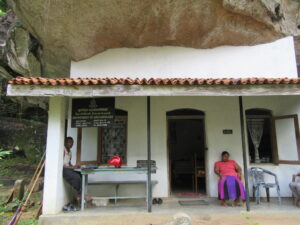
The second inscription is the most important and the longest. This inscription is found on a cave on the left after about 100m when entering the forest behind the Viharaya. It reads ÔÇÿÓÂàÓÂ▒ÓÀÆÓÂÜÓºÓÀü ÓÂÂÓ¡ÓÀö ÓÂ▒ÓÀ£ ÓÂàÓ£ÓÀÆÓÂÂÓÀöÓ¡ÓÀÆ ÓÂ▒ÓÀ£ Ó»ÓÀÆÓÂ▒ÓÀÜ ÓÂàÓ£Ó¡ ÓÂàÓÂ▒Ó£Ó¡ ÓÀÇÓ¡ÓÀöÓ»ÓÀÆÓÀü ÓÀüÓ£ÓÀüÔÇÖ meaning ÔÇÿDonation of Agibuthi, brother of the Cavalry Officer. Offered to the Sangha of the four quarters present and absentÔÇÖ. The special feature of this inscription is that the first line is read right to left and the second line in read left to right. This inscription which is dated between the 3rd to 1st centuries BC further proves that this site was hermitage for Monks and also gives indication of an organized military.
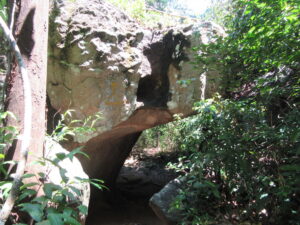
The third inscription can be found in the cave known as the Dakkina Lena and reads ÔÇÿÓ»ÓÂÜÓÀÆÓ½ÓÀÆ Ó¢ÓÀÖÓ½ÓÀÜÔÇÖ meaning the cave to the right, thus giving the name of this cave. This is small in size and dated the 1st century BC.
The caves
The sources referred to states that there are 99 caves within the Vihara complex and the Pilikkuththuwa forest reserve and the majority of these contains drip ledges which are gutters cut along the top edge of the caves in order to prevent rain water from dripping into the cave.
This is a feature of the early historical period and is one of the main factors pointing the sites occupation as far as the early Anuradhapura period. Much of the caves within the Vihara complex have been used as Len Viharas and it is noted that buildings were constructed in different periods. Out of the forest caves, two prominent caves could be noted, them being the Thoppigala cave and the Dakkina cave. The Thoppigala cave could be found close to the Buthapitiya village boundary on a hillock. This cave was excavated in 1995 by digging a 5ÔÇÖ-6ÔÇÖ deep pit and beads and red painted pottery fragments were found dating them to the early historic period and further coins belonging to the Polonnaruwa and Dambadeniya eras were found from this cave. The Dakkina cave with the inscription of the same name is small in size and from this cave too, through excavations, prehistoric lithic implements or stone tools along with animal bones were found, thus clearly dating the site to the prehistoric times.
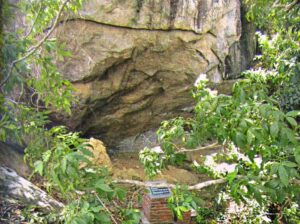
The monuments
Out of the notable monuments found here, the image house and its paintings, the small stupa, the ancient pond, the Dharmashalawa, the wooden bridge takes prominence. Arriving at Pilikkuththuwa one is greeted by the beautifully designed Dharmashalawa which is said to have been built in 1910. The center pillars are made of granite and the roof is designed into a 3 sections making it look like a three storied building. Taking the path to the right from here one would pass the present Awasage of the Monks which too is a beautiful old building and a compound of many old Awasa Len, some of which date from the Dutch period.
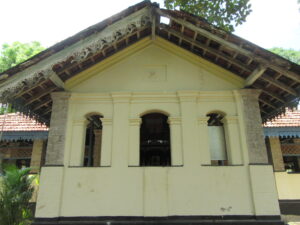
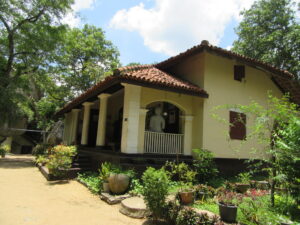
The large pond could be found to the east of the Dharmashalawa, this pond, said to be from the Anuradhapura period is supplied with water from underground springs from the surrounding forests and boulders. This pond is 21 feet in length and 20.8 feet in breath and is 8 feet deep with two identifiable levels. This pond is made from a large number of kalugal or granite and the entrance to the pond is from the eastern side by a flight of steps.
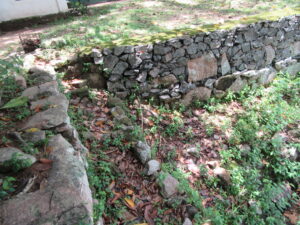
Going eastwards one would pass the pond and come across the old Bho tree which is claimed by residents to be an ancient tree but no archaeological evidence has been found to prove this. Continuing eastwards and passing the Bo tree one would come across the cave with the image house. The image house contains one sleeping figure of the Buddha, two seated statutes and statutes of Vishnu and Natha and Avalokitheiswara. ┬áThe image house contains various other floral designs and Jataka stories. Most interesting of these paintings are those of two guardian figures painted on either side of the inner doorway, drawn in a European outfit, to which some sources claim them to be Portuguese soldiers and another source to English soldiers. These drawings were repainted in 1894 by an artist named ÔÇÿMangali Heriye SiriyaÔÇÖ.
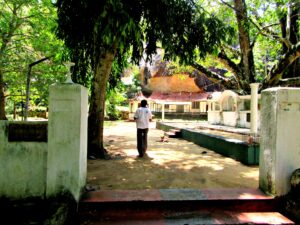
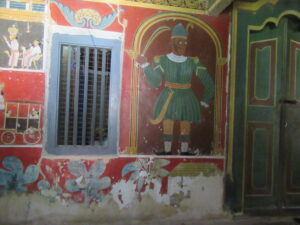
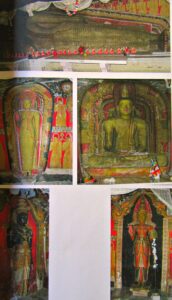
To the right of the image house can be found the small stupa dating back to the Kandyan times under a large rock. From the base of the cave to the drip ledge is about 40 feet in height and touches the boulder of the cave with the image house at about 60 feet above the ground. This small stupa was protected by a decorative roof but was removed in recent times.
Going south passing the present Awasageya and the old Len Awasas, one would come across the small beautiful wooden bridge. This is said to have been built during the Kandyan times or even older and is made across a small stream. The length of the bridge is about 14 feet and 4 feet wide. The roof and railings are made of wood and the planks for the foundation are said to belong to a much older period. This is one of the most interesting monuments at the site.
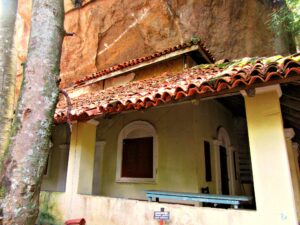
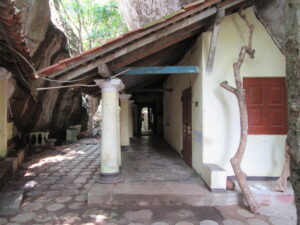
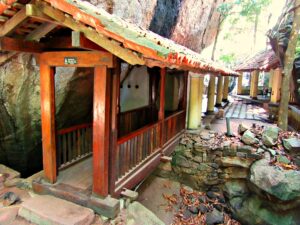
A little beyond this is found the Pilikkuththuwa wawe which is said to be fed by the springs generated from the high forests above and which pass through the ancient pond to the north. The Pilikkuththuwa Rajamaha Viharaya also contains an antique Palanquin or Dolawa which is said to have carried Hikkaduwe Sri Sumangala Thera to preach Bana at this temple, this Dolawa was conserved in 2011 by the Department of Archaeology. Unfortunately the writer was unable to photograph this unique artifact.
Apart from its historical aspects, the surrounding forests of the monastic complex contain a wide variety of flora such as Jack, Waldel, Kaju, Kithul, Heen bovitiya, and Kanduru. There is also found an ancient Pusswela or creeper which is said to be over 400 years old and the circumference of the bark at a certain point is about 6 feet. This could be found when entering the forest with the caves from the left of the Manorame cave and traveling about 50m up that path. There is a board indicating it but to see the massive bark of the Pusswela, one must climb the nearby boulder to witness this marvel of nature rising between a gap in the rocks like the fabled bean stock of the famous childrenÔÇÖs story.
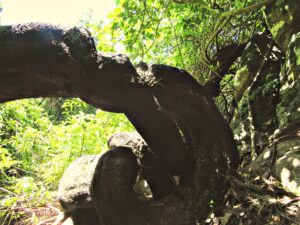
For a true exploration of this place with all its caves, even two days would not be sufficient. This enchanting place where nature, prehistory and history entwine is a fascinating paradise to both the lover of history and nature. Pilikkuththuwa was gazetted as an archaeologically protected monument in 2002 and is constantly looked after by the Department of Archaeology with major conservation projects carried out in 2011 and 2012.
References:
- Pilikkuththuwa Sangwardana Salasuma, Department of Archaeology, 2011.
- Pilikkuththuwa Sangwardana Salasuma, Department of Archaeology, 2012.
- Aithihasika Pilikkuththuwa Puravidya Stana, Department of Archaeology
- Damayanthi, M. A. M., Pilikkuththuwa Charikawa,
- Senevirathna, S., ÔÇÿThe Pilikkuththuwa Rajamaha Viharaya, Gampaha DistrictÔÇÖ, Kelaniya Area Archaeological Research Project Vol. 4,



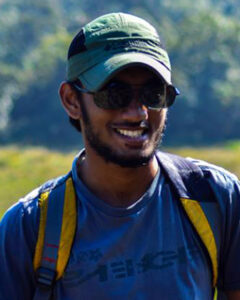
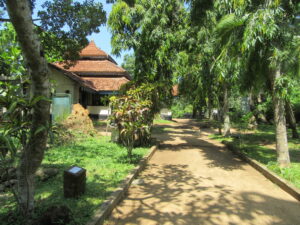
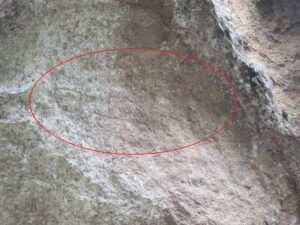
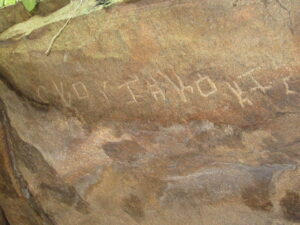
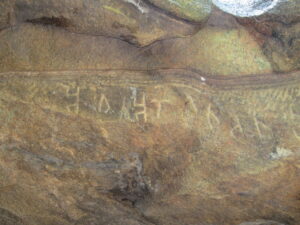
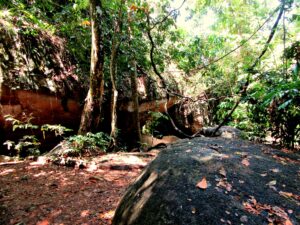

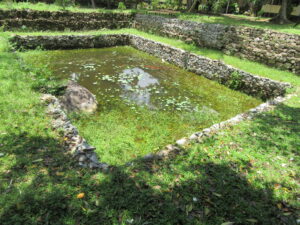
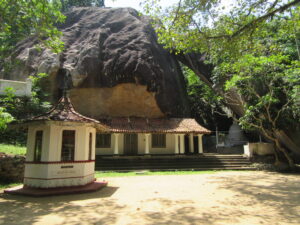
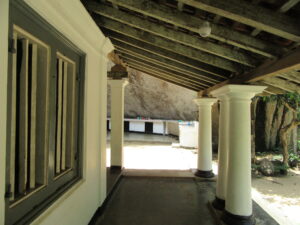
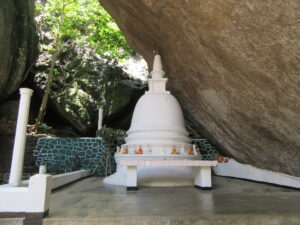
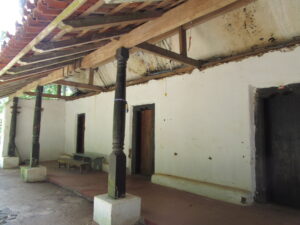
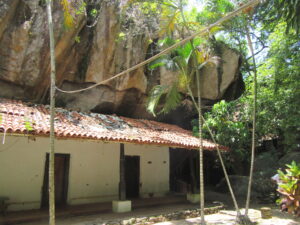
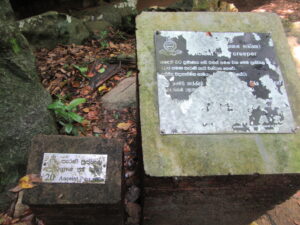
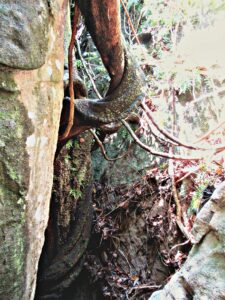
Chryshane Mendis
Thanks for making this article printer friendly. Now other avid readers and I can either save it in my collection or read it from a hard copy.
Best regards